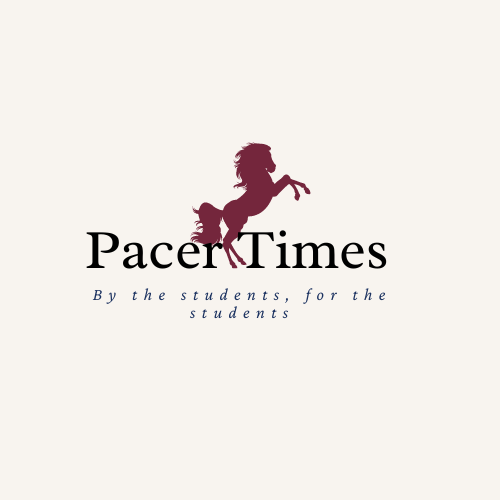Column: Leadership the Disney way
Over fall break, I went to Disney World with the leadership program. Disney was a blast, of course, but I also learned a lot.
Everyone who went on the program participated in Disney’s College Y.E.S. program which took us on a behind-the-scenes look at the Magic Kingdom and EPCOT parks where we learned about how Disney creates and maintains their brand.
We learned a lot about how Disney uses language to create congruous experience for all of their “guests”, or park visitors. Every “cast member,” or employee, of Disney parks is taught to treat the areas of the park where guests can go or see as “onstage.” This kind of language is designed to remind cast members that everything they do in front of guests contributes to their perceptions of Disney World.
The Disney parks in Florida employ around 75,000 cast members, so maintaining a consistent, excellent guest experience is a Herculean task which Disney accomplishes by encouraging them to follow four key values: safety, courtesy, show and efficiency.
Safety is the first key because it is also the most important. So many people and their families visit Disney World every day, and nothing can ruin a vacation quicker than having to go to the emergency room. Likewise, employees who hurt themselves are legal liabilities and somebody injuring themselves onstage is not what you want guests to remember.
Courtesy goes a very long way toward creating magical experiences for guests. I could not count the number of times I interacted with cast members and walked away smiling because they were so nice, polite and helpful.
Show was my favorite of Disney’s keys. The difference between onstage and backstage was stark. Onstage, my adult self met Alice in Wonderland and had a two-minute conversation in-character about the Cheshire Cat. Backstage, I saw Cinderella in casual-wear with her iconic up-do on her way to get coffee and looking at her phone as she tossed off a casual “Welcome to Disney World” to our group.
Onstage, every cast member was engaged with their job and the guests, and dressed in area-appropriate costumes. Backstage, everyone was on their phone or mingling with people dressed for opposite ends of the park. Everything that isn’t part of the show happens backstage, no exceptions, and it helps give the different areas of the park specific personalities and keep cast members engaged with guests’ experiences.
Efficiency was also marvelous to see in action. The costume shop alone was a meticulously organized warehouse with lots of helpful signs and seamstresses working to create and repair what seems like an endless variety of clothing and costumes.
The tunnels under the park help make sure that large quantities of food and the trash never has to be hauled through the onstage areas. Large decoration changes in the park, such as the transition into and out of the Christmas season, are done overnight by cast members on the “third shift” so that guests who are visiting during these transitions don’t have to see small construction projects throughout the parks. Disney parks are massive machines with a lot of moving parts and a great deal of efficiency is needed to ensure that they run smoothly.
The opportunity to learn how Disney creates magic daily was inspiring. They are operating on a scale that I couldn’t comprehend before I saw it in person, but they do it all in service of making the best impression on each and every guest. In our on-campus organizations, we can use the same keys that Disney uses to make good impressions on other students. Walt Disney knew a long time ago that people who have good experiences will return to repeat those experiences, so making sure that people who participate in your organization have a good experience is a worthwhile endeavor.
Even as an individual, the things that Disney teaches its cast members can be applied wherever you work and are sure to make you a valuable asset on the job.
This column is written with the opinions of one editor and does not necessarily reflect the opinions of Pacer Times. Letters to the editor may be emailed to cmy@usca.edu and will be published at the editorial staff’s discretion.






